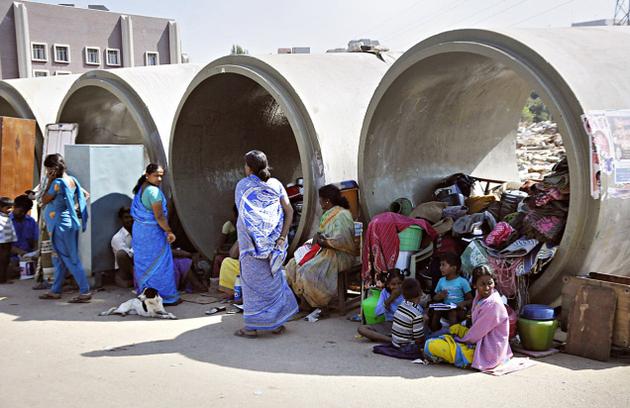
Forced Evictions in India
More Info
Forced evictions have an enormous impact on the lives of people, who are involuntarily and suddenly removed from their homes or land. In India, people are evicted from their homes in villages and forests to make way for development of mines, industries and power plants (e.g. mining in Chattisgarh, Niyamgiri hills). In the cities people are evicted routinely with the help of police for the building of malls, for beautification of cities and the removal of slums.
Rehabilitation measures are mostly inadequate or non-existent, and notice is often not given to people about impending eviction in case they are able to organize resistance. People who have been evicted have to live in the open in the rain, cold or extreme heat. Their means of livelihood is taken away and there is little or no medical care. Forced evictions impact the most on people who are economically and socially vulnerable or marginalized sections of society, such as Dalits, Muslims, indigenous peoples, women and children. Several small and large movements, volunteer efforts and groups have emerged against forcible evictions of people from their homes including Ghar Bachao Ghar Banao Andolan (Movement to Save Homes, Make Homes) in Mumbai, movement against corporations and the government by the tribals in Niyamgiri hills in Odisha and Narmada Bachao Andolan (Movement to Save the Narmada River).
